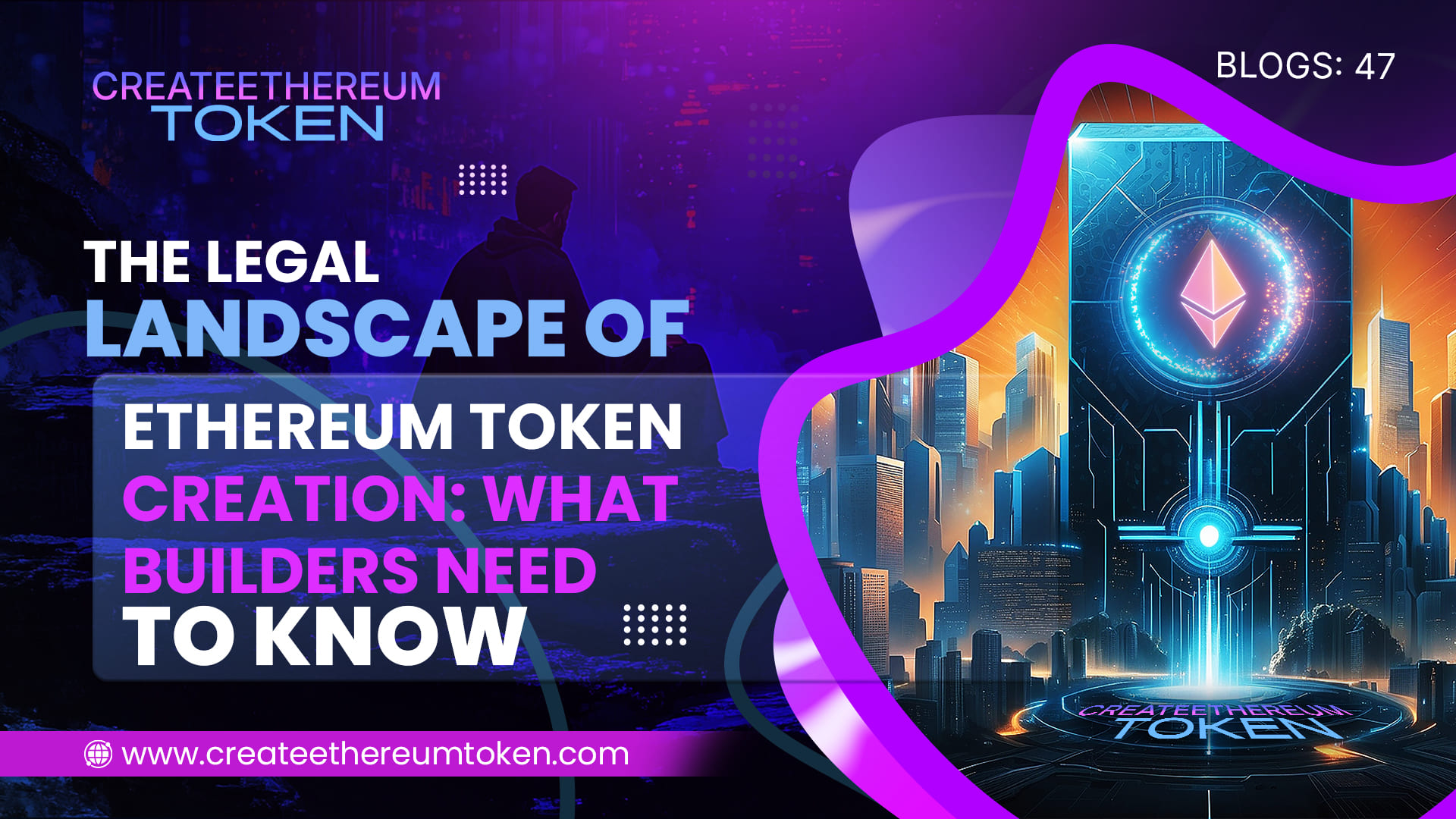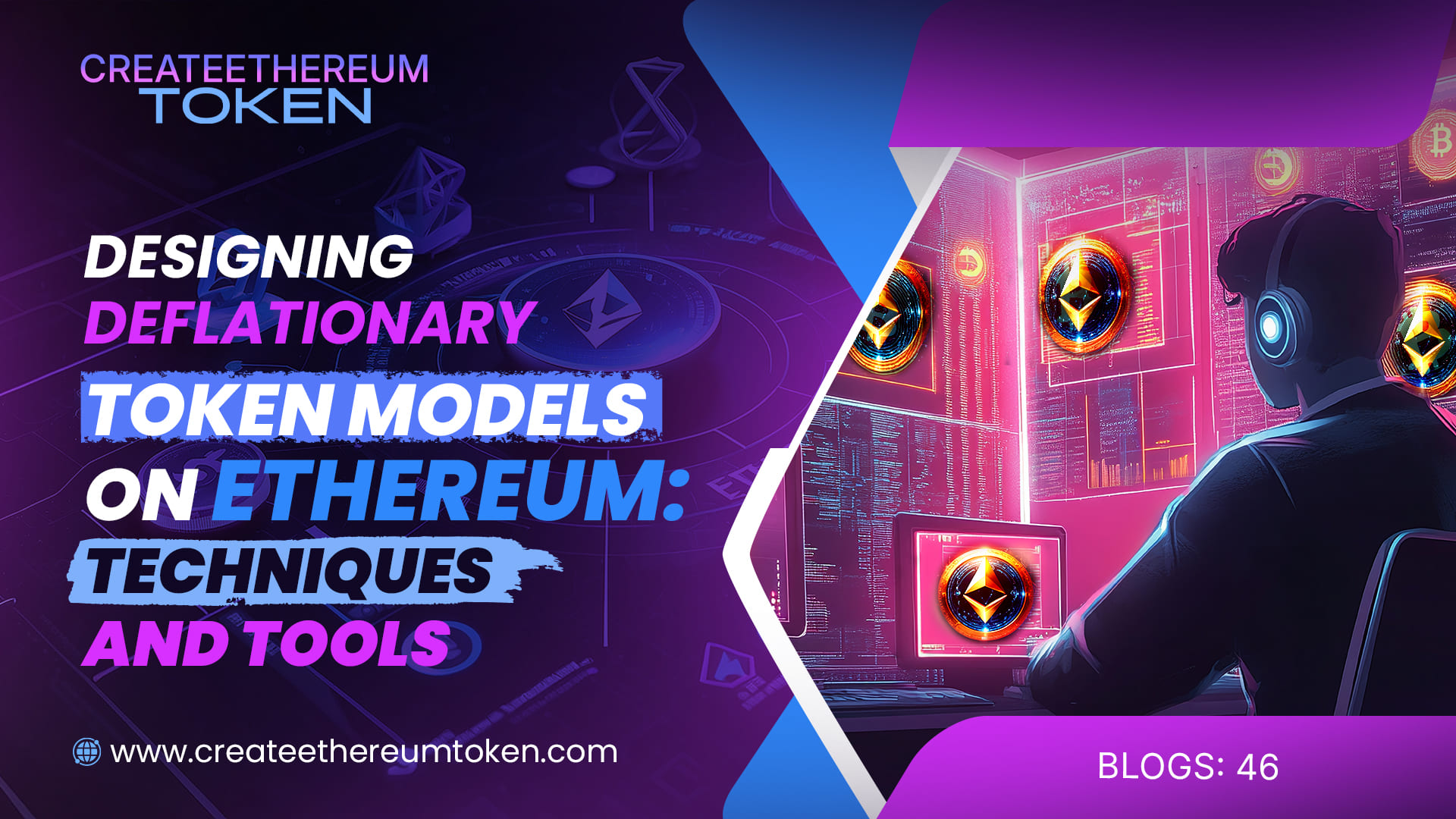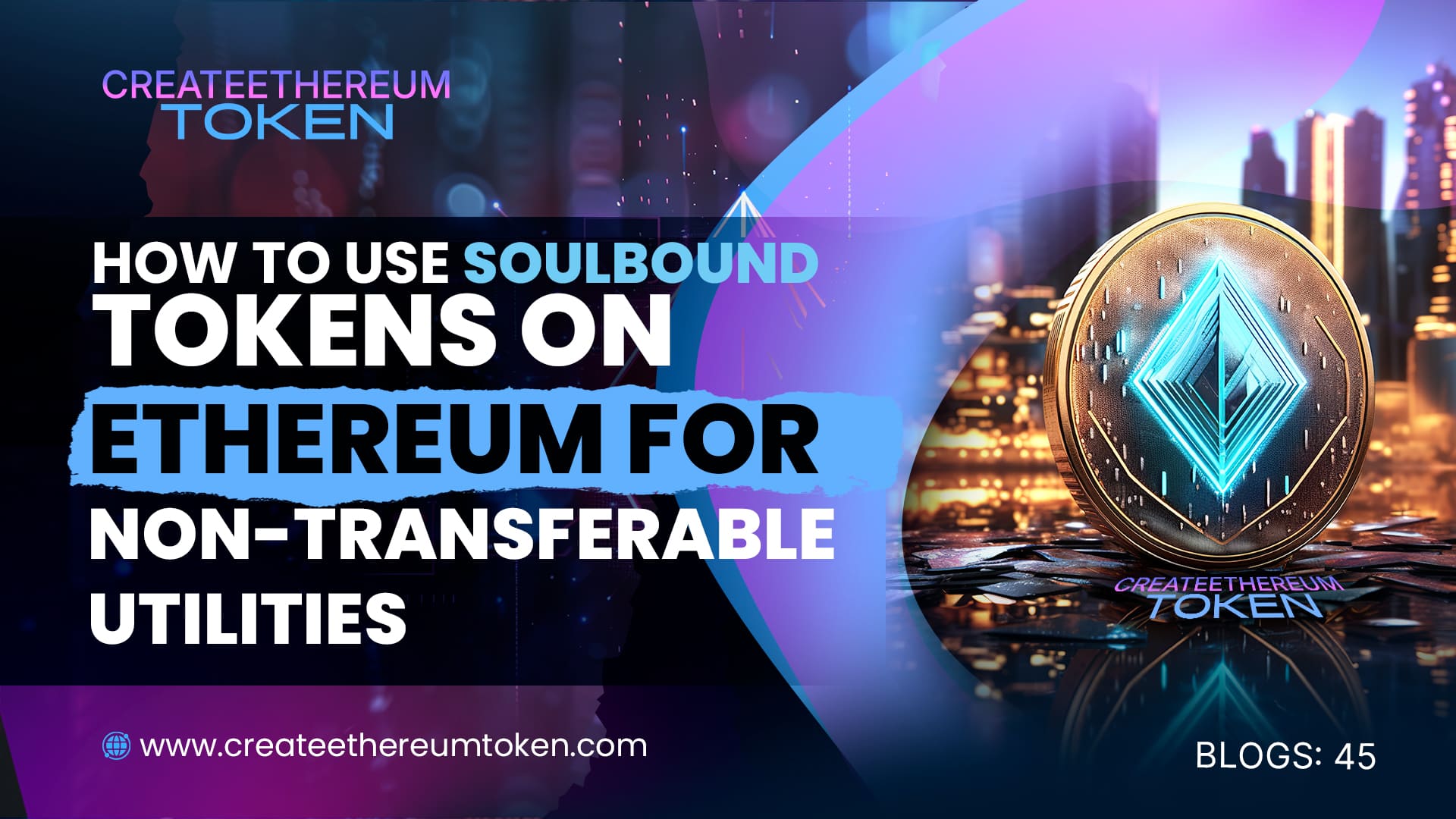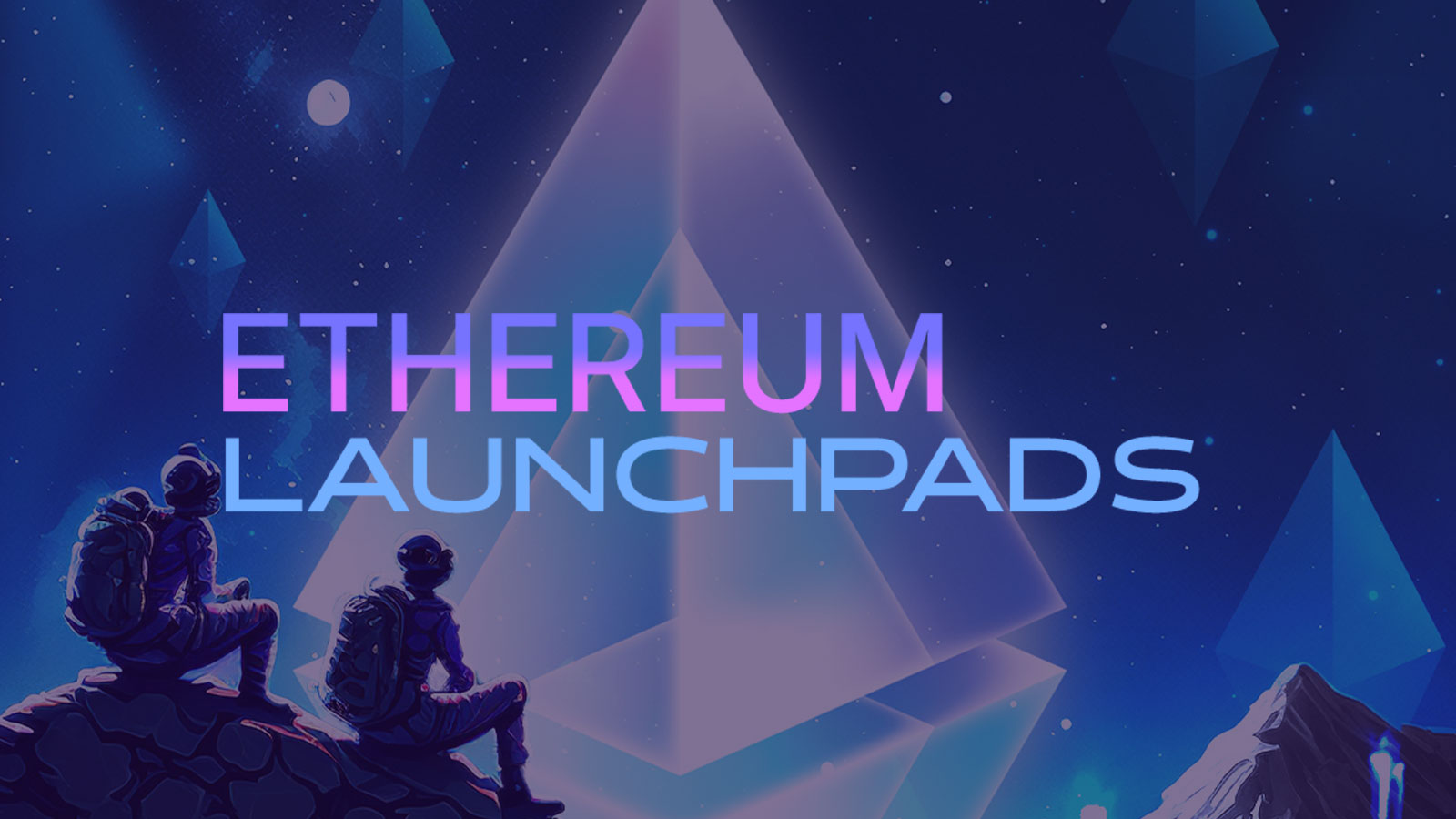February 8, 2025
The Role of Ethereum in Supporting Multi-Chain Token Interoperability
Introduction
Ethereum remains at the forefront of blockchain innovation, particularly when it comes to interoperability between different chains. As the demand for cross-chain token transfers and multi-chain applications grows, Ethereum plays a vital role in enabling seamless connectivity across blockchain ecosystems.
What is Multi-Chain Token Interoperability?
Multi-chain token interoperability refers to the ability of a token to function across multiple blockchain networks. This ensures that assets minted on Ethereum can be used in different ecosystems without the need for centralized intermediaries.
How Ethereum Supports Multi-Chain Interoperability
- Wrapped Tokens (e.g., WETH, wBTC)
- Wrapped tokens represent assets from one blockchain on another.
- They allow Ethereum-based assets to function in ecosystems like Binance Smart Chain, Avalanche, and Solana.
- Cross-Chain Bridges
- Blockchain bridges enable the transfer of Ethereum-based tokens to and from other chains.
- Examples include Polygon Bridge, Wormhole, and Avalanche Bridge.
- Layer 2 Networks
- Ethereum’s Layer 2 solutions (such as Arbitrum, Optimism, and zkSync) improve scalability while maintaining interoperability.
- These networks allow tokens to move efficiently between Ethereum and other Layer 1 or Layer 2 chains.
- Interoperability Protocols
- Protocols like Cosmos’ IBC (Inter-Blockchain Communication) and Polkadot’s XCMP (Cross-Chain Message Passing) enable seamless communication between Ethereum and other chains.
Benefits of Multi-Chain Interoperability
- Increased Liquidity – Tokens can move freely between blockchains, increasing access to DeFi services.
- Reduced Costs – Users can choose the most cost-effective blockchain for transactions.
- Improved Scalability – Offloading transactions to alternative chains helps Ethereum maintain efficiency.
Challenges and Future Outlook
Although Ethereum is leading the charge in interoperability, challenges like fragmented liquidity and security vulnerabilities in bridges remain. However, ongoing developments in zk-rollups, cross-chain governance models, and atomic swaps are set to further enhance Ethereum’s role in multi-chain ecosystems.
Conclusion
Ethereum’s robust infrastructure and adaptability make it a crucial player in the multi-chain era. As interoperability solutions evolve, Ethereum-based tokens will continue to bridge the gap between different blockchain ecosystems, paving the way for a more connected and efficient crypto space.






